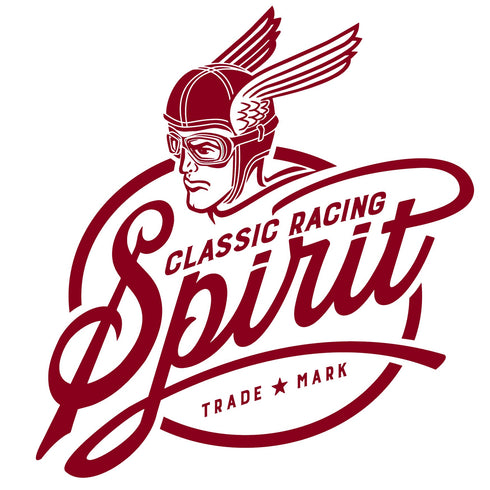In 1910, Charles Rolls - the more commercially aware half of the Rolls-Royce partnership - became concerned that their customers were attaching “inappropriate” ornaments to their cars and potentially damaging the superior image of the marque. The company’s Managing Director Claude Johnson approached sculptor Charles Sykes to create something graceful and dignified that would more tastefully represent Rolls-Royce.
Rolls, Henry Royce and Johnson were key members of London’s maverick ‘motoring set’ which established the Automobile Club of Great Britain in Piccadilly in the early 1900s, along with club secretary and pioneering motoring publisher John Montagu - known as Baron Montagu of Beaulieu from 1905.
Montagu had already asked his friend Sykes to sculpt a personalised mascot for his own 1909 Silver Ghost. Montagu’s secretary - and as it transpired, his mistress - Eleanor Thornton was to be the model. Sykes created a figurine of her in flowing robes and with one forefinger pressed to her lips to symbolise the secrecy of their affair.

On February 6 1911, Sykes presented to Rolls-Royce the “Spirit of Ecstasy” figurine comprising a female leaning forward into the oncoming air with wings outstretched behind her. Johnson described the new mascot to Rolls-Royce customers as conveying "the spirit of ecstasy, who has selected road travel as her supreme delight......she is expressing her keen enjoyment, with her arms outstretched and her sight fixed upon the distance."

Eleanor Thornton’s own story didn’t end so well. The ship that she and Montagu were sailing on to India in December 1915 was torpedoed in the Mediterranean by a German U-boat and she, along with hundreds of other passengers, was drowned. Montagu survived the sinking and lived until 1929, fathering a son Edward who went on to found the National Motor Museum in the grounds of their Beaulieu estate.

